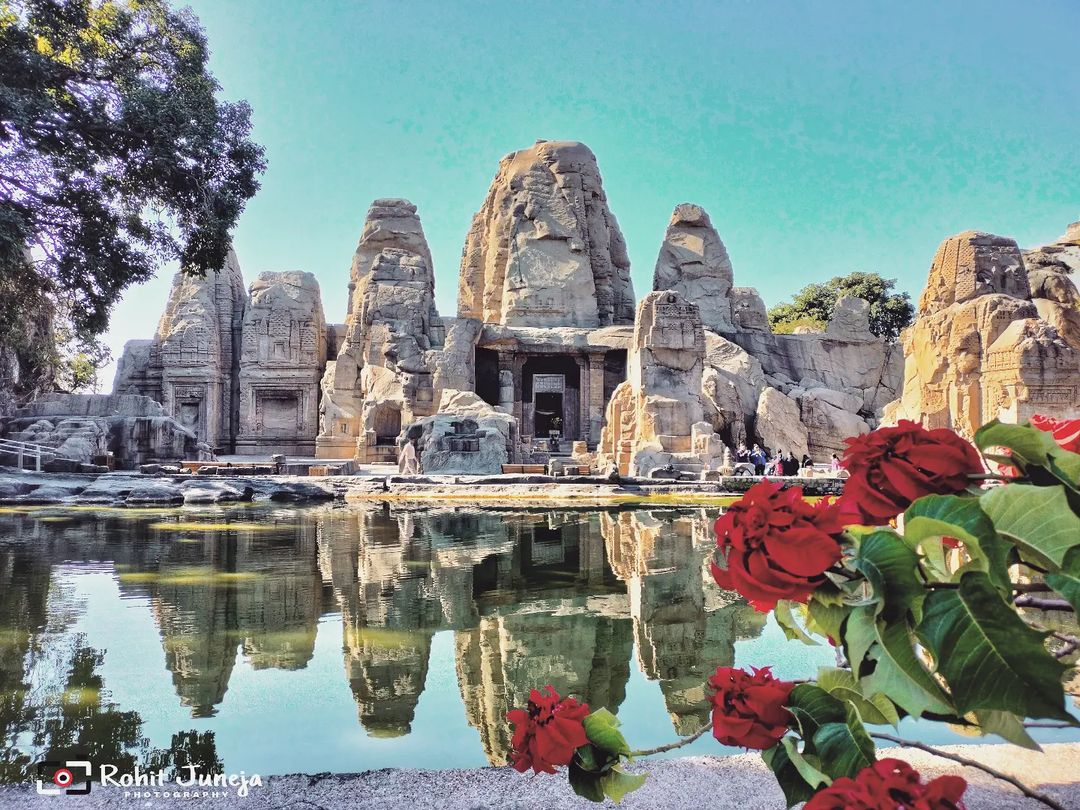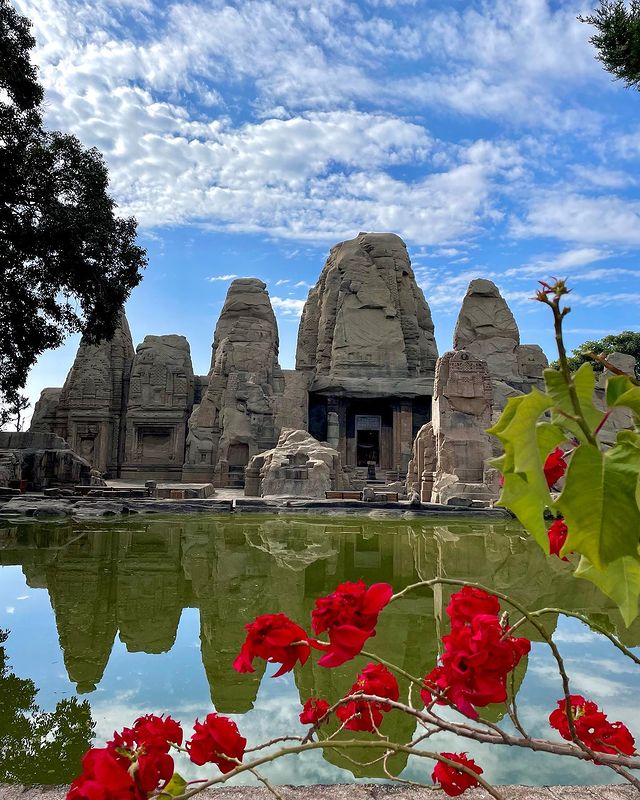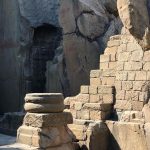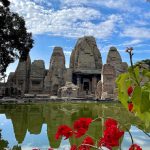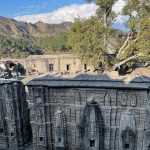Masroor Temple: A Himachal Pradesh Rock-Cut Wonder
Artifacts and structures become souvenirs from the past to be brought on to the next generations as civilizations rise and fall. Monuments like Masroor Temple serve as a strong reminder of history across the ages.


“Monuments are the grappling-iron that bind one generation to another”
– Joseph Joubert.
In Himachal Pradesh’s Kangra region, the monolithic rock-cut cave temples of Masroor are one such example of an architectural treasure that has been conserved over the years and for future generations. It is a popular destination for visitors, travelers, and history buffs. It is also called the Ellora of Himachal and the Himalayan pyramid.
One of northern India’s most mysterious and unique attractions is a single rock carved into 15 temples. But tragically, it is also one of the lesser popular tourist destinations in the Himachal Pradesh state.
One well hill town that stands for harmony and morality is Dharamshala. The tranquility of this town is a reflection of the various compounds of art and culture that coexist and thrive side by side without any barriers. The Masroor Temple, a Rock-Cut Wonder in Kangra, Dharamshala, is at the top of this list of the spiritual locations that are inspiring people in Dharamshala and elsewhere.
This is a complex of temples meticulously carved out of monolithic rock, as the name suggests. This temple is committed to Lord Shiva, the God of Gods. It is a notable Hindu pilgrimage site since it is thought to have been connected to the Mahabharata era of mythology. Thus, visitors from all over the globe come to this lovely cluster of temples to pray and be mesmerized by the exquisite architecture.
History of Masroor Temple
The Masroor Temple complex was built somewhere in the eighth or ninth century AD. According to local mythology, the Pandavas spent a significant amount of time at this temple compound during their exile. The existence of an incomplete stairway that was found inside the temple is mentioned in a legend. It is thought that the Pandavas built the staircase to get to heaven.
Another popular theory holds that Raja Yashoverdhan, a fervent follower of Lord Shiva, built the temple.
Travel Advice
- You will need to walk uphill and downhill to and from the temple, so comfy shoes.
- Carry appropriate attire, observe the laws and norms, and act by expectations.
- Keep quiet on the temple grounds and refrain from attempting to enter any prohibited areas.
- Inside the temple’s restricted areas, photography is not permitted. Watch for the manifestations, meanwhile.
Things to do in the Area
- Send up your prayers to the All-Powerful.
- Capture the stunning architecture of the Masroor Temple and the extensive views of the surroundings.
- Take a plunge in the refreshing spring located on the grounds of the temple; it is said that doing so will protect one from all evils.
- Spend some alone time meditating.
Access to the Guides
If you require a guide to go with you, you must book one by speaking with a travel agent in advance. In contrast, you can talk to the locals and priests there in their spare time to learn more fascinating facts about the Masroor Temple.
Best Time to Visit
It is advised that you try to go to the Masroor Temple during Shivaratri so that you can participate in the locals’ celebration. There was great fun at that time. However, visiting the temple during the monsoon season is also not advised due to the abrupt and catastrophic landslides in Himachal Pradesh due to the excessive rains.
How to Get There
From Dharamshala, the Masroor Temple: The Rock-Cut Wonder is 43 km away. You can hire a car or use a shared taxi to get to this historical temple.
Facts Worth Knowing About the Masroor Temple
- Lord Shiva is said to have stepped foot on this sacred site and is the temple's core. This historic complex also features the idols of Ram, Sita, and Laxman, which is why Hindu pilgrims hold this ancient temple in such high regard.
- The Mahabharata Pandavas are believed to have constructed this temple during their exile.
- This complex comprises 15 temples skilfully cut out of monolithic rocks to depict the shikhara architectural style that was popular in ancient India between the sixth and eighth centuries.
- Within the temple's grounds, a rectangular body of water resembles a pool.
Some Glimpse of Masroor Temple
Nearby Landmarks
- Tibet Museum
- Kangra Valley
- Chintpurni
- Dal Lake
- Dharamshala State Museum
- Main Temple of H. H. Dalai Lama
- Bhagsu Nag Temple
Nearby Restaurants
- Lung Ta
- Tibet Kitchen
- Trek and Dine
- Illiterati
- Jimmy’s Italian Kitchen
- Nick’s Italian Kitchen
Hindu pilgrims consider the Masroor Temple a significant shrine, and they come here frequently to submerge themselves in the ancient sanctity that emerges from these walls. Every traveler returns from a trip to this legendary location with a pure heart and the will to take on any challenges that life may throw their way. Everyone should pay a visit to this temple at least once in life.
Read more blogs – https://himachal.blog/why-en-tour-to-spiti-valley/





